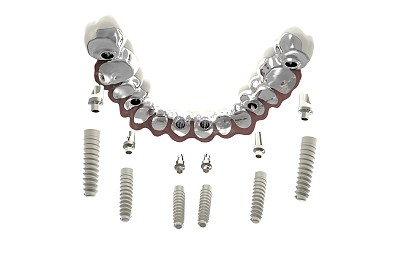The Essential Guide to Safely Extracting a Tooth and Ensuring Comfortable Recovery for Patients
Summary: Tooth extraction, while often necessary, can be a daunting experience for many patients. This essential guide aims to illuminate the process of safe tooth extraction and outline strategies for ensuring a comfortable recovery. By delving into the importance of pre-extraction assessments, the extraction procedure itself, post-operative care, and recognizing complications, this guide serves as a helpful resource for both dental practitioners and patients. Each aspect is designed to foster understanding and lessen anxiety surrounding dental extractions, assuring patients that with proper care, recovery can be smooth and uneventful.
1. Importance of Pre-Extraction Assessment

Before proceeding with tooth extraction, a comprehensive pre-extraction assessment is crucial. This initial evaluation includes a detailed medical history review and oral examination to identify any underlying health conditions. Factors such as allergies, current medications, and existing dental issues can significantly impact the extraction process.
Radiographic imaging, such as X-rays, plays a vital role in visualizing the tooths root structure and its relationship with surrounding anatomical features. This enables dentists to plan the extraction more effectively and anticipate any potential difficulties during the procedure.
Patient education is also part of the pre-extraction phase, as dentists should ensure patients understand the procedures purpose and what to expect. Addressing patient anxieties and answering questions fosters a trusting relationship between the patient and the dentist, enhancing the overall experience.
2. The Tooth Extraction Procedure Explained
The tooth extraction procedure itself consists of a well-defined series of steps that a dentist follows to ensure safety and effectiveness. Initially, the dentist will administer local anesthesia to numb the affected area, minimizing discomfort for the patient throughout the procedure.
Once the area is numb, the dentist will use specialized instruments to loosen the tooth from its socket. This may involve elevation techniques to gently lift the tooth before carefully removing it. Each tooth extraction is unique, so dentists must adapt their approach based on the tooths condition and the surrounding tissues.
Post-extraction, the dentist will provide care instructions and, if necessary, prescribe medication for pain management and to prevent infection. This step is crucial in promoting healing and ensuring patients feel supported throughout the recovery process.
3. Essential Post-Operative Care Guidelines
After a tooth extraction, timely and appropriate post-operative care is essential for a smooth recovery. Patients should adhere to specific guidelines, such as biting down on gauze to control bleeding for the first few hours. This initial step helps form a blood clot in the extraction site, which is critical for healing.
Following the extraction, patients should be mindful of what they consume. Soft foods and liquids are recommended in the days following the procedure to avoid disturbing the extraction site. Additionally, avoiding hot beverages or spicy foods can help prevent irritation.
Rest is equally important during the recovery phase. Patients should take time off work or their daily activities to allow their bodies the chance to heal properly. Following the dentists instructions regarding physical activity and hygiene will significantly impact the recovery period.
4. Recognizing Post-Extraction Complications
While many patients recover without issues, it’s crucial to recognize the signs of potential complications after tooth extraction. One of the most common issues is dry socket, which occurs when the blood clot dislodges or dissolves before the wound has healed. This condition can lead to intense pain and requires prompt treatment.
Infection at the extraction site is another possible complication. Patients should be vigilant for symptoms such as increased pain, swelling, fever, or pus discharge. If these symptoms arise, it’s essential to contact the dentist as soon as possible for evaluation and treatment.
Managing these complications involves ongoing communication with the dental care provider. Patients should feel empowered to reach out with concerns and follow-up to ensure their recovery proceeds smoothly and without difficulties.
Summary:
In conclusion, the journey of tooth extraction is multifaceted, emphasizing the importance of pre-extraction assessments, adhering to a well-structured procedure, ensuring diligent post-operative care, and recognizing possible complications. Emphasizing patient education throughout this process can alleviate anxiety and lead to healthier outcomes.
This article is compiled by Vickong Dental and the content is for reference only.



